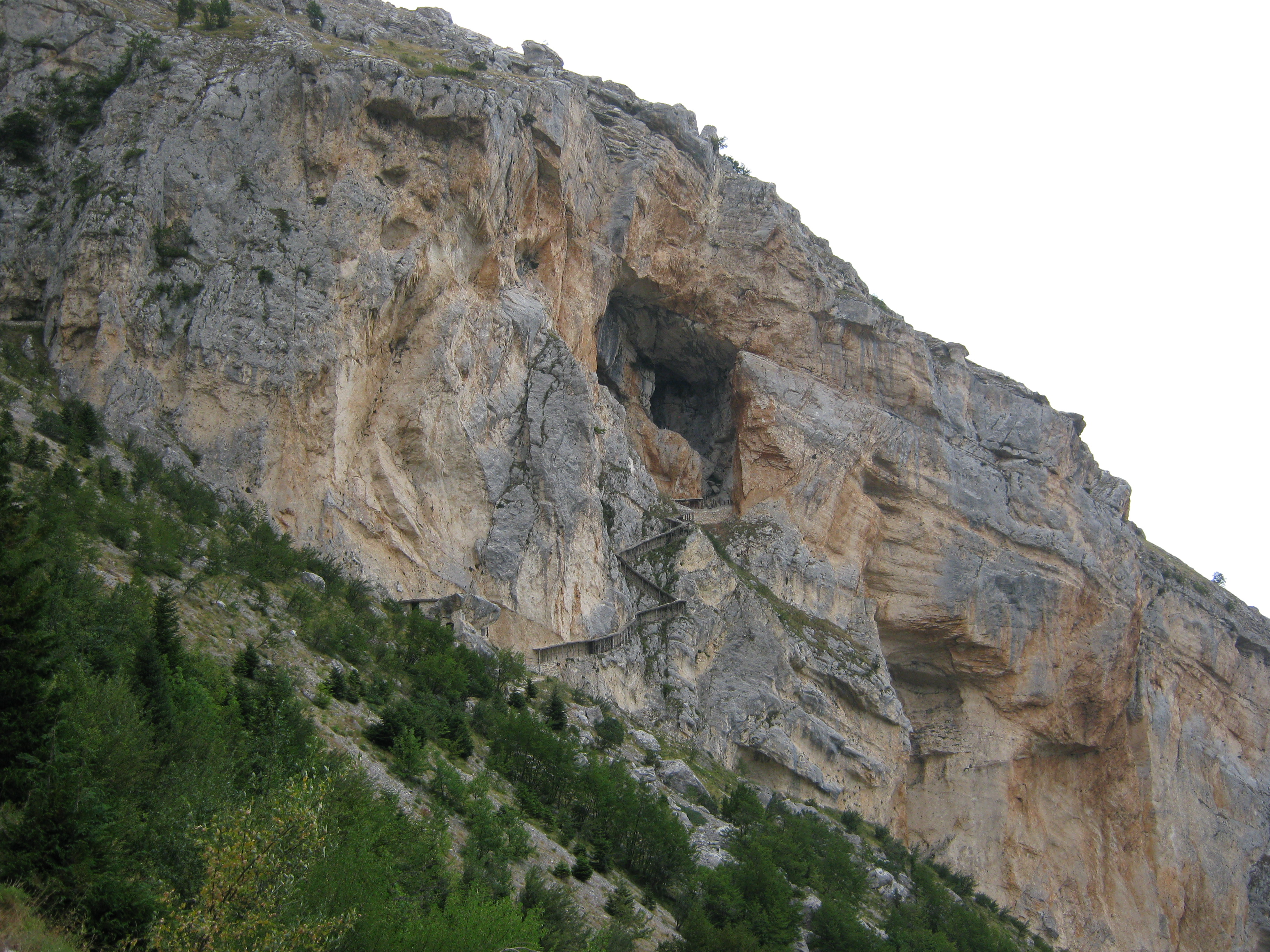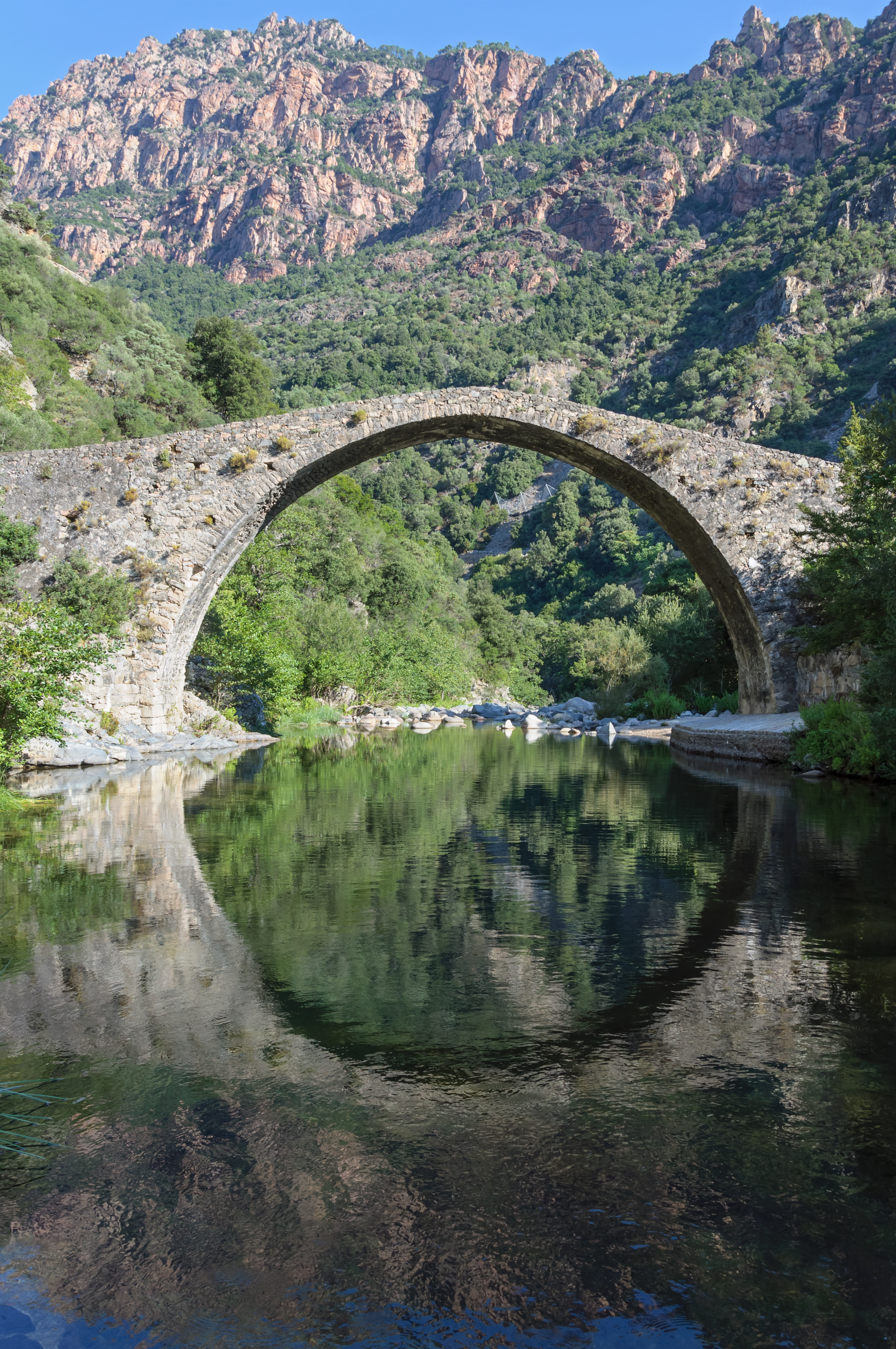|
Lama Dei Peligni
Lama dei Peligni is a ''comune'' and town in the province of Chieti in the Abruzzo region of Italy with 1,155 inhabitants. It is also part of the Aventino-Medio Sangro mountain community and the municipal territory is included in the Maiella National Park. The town, known to naturalists as the country of chamois, is located in a florofaunal area of particular interest. History The territory has been inhabited since prehistoric, as amply testified by a series of rock paintings found in the caves of the area and from the remains of a village from the Neolithic period. In Contrada Fonterossi, right in the vicinity of the Neolithic site, the so-called " Uomo della Maiella" was found at the beginning of the 20th century, human remains of a prehistoric burial dating back to 7000–5000 BC. Name origin The toponym is of pre-Latin derivation, coming from the word ''lama''which literally meant 'counterbore', that is, 'land where water stagnates'; the addition referring to the Italic peo ... [...More Info...] [...Related Items...] OR: [Wikipedia] [Google] [Baidu] |
Abruzzo
Abruzzo (, ; ; , ''Abbrìzze'' or ''Abbrèzze'' ; ), historically also known as Abruzzi, is a Regions of Italy, region of Southern Italy with an area of 10,763 square km (4,156 sq mi) and a population of 1.3 million. It is divided into four Provinces of Italy, provinces: Province of L'Aquila, L'Aquila, Province of Teramo, Teramo, Province of Pescara, Pescara, and Province of Chieti, Chieti. Its western border lies east of Rome. Abruzzo borders the region of Marche to the north, Lazio to the west and northwest, Molise to the south and the Adriatic Sea to the east. Geographically, Abruzzo is divided into a mountainous area in the west, which includes the highest massifs of the Apennines, such as the Gran Sasso d'Italia and the Maiella, and a coastal area in the east with beaches on the Adriatic Sea. Abruzzo is considered a region of Southern Italy in terms of its culture, language, economy, and history, though in terms of physical geography, it is often considered part of Cen ... [...More Info...] [...Related Items...] OR: [Wikipedia] [Google] [Baidu] |
Leontopodium
''Leontopodium'' is a genus of plants in the family (biology), family Asteraceae. The genus is native to Europe and Asia. The fuzzy and somewhat stocky "petals" (technically, bracts) could be thought of as somewhat resembling lions' paws—hence the genus name combining Ancient Greek, Greek ('lion') and ('foot'). The genus includes the edelweiss (''Leontopodium nivale, L. nivale''), a well-known plant from the mountains of Europe. The term ''edelweiss'' can, more rarely, refer to other members of the genus. Taxonomy The following species are currently recognized: * ''Leontopodium albogriseum'' * ''Leontopodium andersonii'' * ''Leontopodium antennarioides'' * ''Leontopodium artemisiifolium'' * ''Leontopodium aurantiacum'' * ''Leontopodium beerianum'' * ''Leontopodium blagoveshczenskyi'' * ''Leontopodium brachyactis'' * ''Leontopodium calocephalum'' * ''Leontopodium campestre'' * ''Leontopodium chuii'' * ''Leontopodium conglobatum'' * ''Leontopodium coreanum'' * ''Leontop ... [...More Info...] [...Related Items...] OR: [Wikipedia] [Google] [Baidu] |
Pier (architecture)
A pier, in architecture, is an upright support for a structure or superstructure such as an arch or bridge. Sections of structural walls between openings (bays) can function as piers. External or free-standing walls may have piers at the ends or on corners. Description The simplest cross section (geometry), cross section of the pier is square (geometry), square, or rectangle, rectangular, but other shapes are also common. In medieval architecture, massive circle, circular supports called drum piers, cruciform (cross-shaped) piers, and compound piers are common architectural elements. Columns are a similar upright support, but stand on a round base; in many contexts columns may also be called piers. In buildings with a sequence of Bay (architecture), bays between piers, each opening (window or door) between two piers is considered a single bay. Bridge piers Single-span bridges have abutments at each end that support the weight of the bridge and serve as retaining walls to res ... [...More Info...] [...Related Items...] OR: [Wikipedia] [Google] [Baidu] |
D'Aquino (family) , town and comune in the province of Catanzaro, in the Calabria region of southern Italy
{{surname ...
D'Aquino is an Italian surname and a variant of Aquino. It may refer to: *Iva Toguri D'Aquino (1916–2006), American who participated in Radio Tokyo English-language propaganda broadcasts during World War II *John D'Aquino (born 1958), Canadian-American actor, played Lt. Benjamin Krieg in the NBC TV series ''seaQuest DSV'' *Matt D'Aquino (born 1985), Australian Judoka who has represented Judo at the 2008 Beijing Olympic Games and four World Championships * Raffaele D'Aquino (born 1903), Italian professional football player See also *San Mango d'Aquino San Mango d'Aquino ( Sammanghese: ) is a town and ''comune'' in the province of Catanzaro, in the Calabria region of southern Italy. This town was recently rejuvenated by several construction programs designed to improve access for tourism. The t ... [...More Info...] [...Related Items...] OR: [Wikipedia] [Google] [Baidu] |
XVI Century
The 16th century began with the Julian calendar, Julian year 1501 (represented by the Roman numerals MDI) and ended with either the Julian or the Gregorian calendar, Gregorian year 1600 (MDC), depending on the reckoning used (the Gregorian calendar introduced a lapse of 10 days in October 1582). The Renaissance in Italy and Europe saw the emergence of important artists, authors and scientists, and led to the foundation of important subjects which include accounting and political science. Copernicus proposed the Copernican heliocentrism, heliocentric universe, which was met with strong resistance, and Tycho Brahe refuted the theory of celestial spheres through observational measurement of the SN 1572, 1572 appearance of a Milky Way supernova. These events directly challenged the long-held notion of an immutable universe supported by Ptolemy and Aristotle, and led to major revolutions in astronomy and science. Galileo Galilei became a champion of the new sciences, invented the first ... [...More Info...] [...Related Items...] OR: [Wikipedia] [Google] [Baidu] |
Di Capua
Di Capua is an Italian surname. Notable people with the surname include: * Eduardo Di Capua, a Neapolitan composer, singer and songwriter. * Giuseppe Di Capua Giuseppe "Peppiniello" Di Capua (born 15 March 1958) is an Italian competition rowing coxswain and Olympic champion. Biography Di Capua was born in Salerno. He received a gold medal in coxed pairs as cox, with Giuseppe Abbagnale and Carmine ..., an Italian competition rowing coxswain and Olympic champion See also * Capua (surname) References {{surname Italian toponymic surnames Italian-language surnames ... [...More Info...] [...Related Items...] OR: [Wikipedia] [Google] [Baidu] |
Coat Of Arms
A coat of arms is a heraldry, heraldic communication design, visual design on an escutcheon (heraldry), escutcheon (i.e., shield), surcoat, or tabard (the last two being outer garments), originating in Europe. The coat of arms on an escutcheon forms the central element of the full achievement (heraldry), heraldic achievement, which in its whole consists of a shield, supporters, a crest (heraldry), crest, and a motto. A coat of arms is traditionally unique to the armiger (e.g. an individual person, family, state, organization, school or corporation). The term "coat of arms" itself, describing in modern times just the heraldic design, originates from the description of the entire medieval chainmail "surcoat" garment used in combat or preparation for the latter. Roll of arms, Rolls of arms are collections of many coats of arms, and since the early Modern Age centuries, they have been a source of information for public showing and tracing the membership of a nobility, noble family, a ... [...More Info...] [...Related Items...] OR: [Wikipedia] [Google] [Baidu] |
Round Arch
In architecture, a semicircular arch is an arch with an intrados (inner surface) shaped like a semicircle. This type of arch was adopted and very widely used by the Romans, thus becoming permanently associated with Roman architecture. Terminology When the arch construction involves the Roman techniques (either wedge-like stone voussoirs or thin Roman bricks), it is known as a Roman arch. The semicircular arch is also known as a round arch. Description The rise (height) of a round arch is limited to of its span, so it looks more "grounded" than a parabolic arch or a pointed arch. Whenever a higher semicircular arch was required (for example, for a narrow arch to match the height of a nearby broad one), either stilting or horseshoe shape were used, thus creating a stilted arch and horseshoe arch respectively. These "shifts and dodges" were immediately dropped once the pointed arch with its malleable proportions was adopted. Still, "the Romanesque arch is beautiful as ... [...More Info...] [...Related Items...] OR: [Wikipedia] [Google] [Baidu] |
Entablature
An entablature (; nativization of Italian , from "in" and "table") is the superstructure of moldings and bands which lies horizontally above columns, resting on their capitals. Entablatures are major elements of classical architecture, and are commonly divided into the architrave (the supporting member immediately above; equivalent to the lintel in post and lintel construction), the frieze (an unmolded strip that may or may not be ornamented), and the cornice (the projecting member below the pediment). The Greek and Roman temples are believed to be based on wooden structures, the design transition from wooden to stone structures being called petrification. Overview The structure of an entablature varies with the orders of architecture. In each order, the proportions of the subdivisions (architrave, frieze, cornice) are defined by the proportions of the column. In Roman and Renaissance interpretations, it is usually approximately a quarter of the height of the column. Va ... [...More Info...] [...Related Items...] OR: [Wikipedia] [Google] [Baidu] |
Pilaster
In architecture, a pilaster is both a load-bearing section of thickened wall or column integrated into a wall, and a purely decorative element in classical architecture which gives the appearance of a supporting column and articulates an extent of wall. As an ornament it consists of a flat surface raised from the main wall surface, usually treated as though it were a column, with a capital at the top, plinth (base) at the bottom, and the various other column elements. In contrast to a Classical pilaster, an engaged column or buttress can support the structure of a wall and roof above. In human anatomy, a pilaster is a ridge that extends vertically across the femur, which is unique to modern humans. Its structural function is unclear. Definition A pilaster is foremost a load-bearing architectural element used widely throughout the world and its history where a structural load is carried by a thickened section of wall or column integrated into a wall. It is also a purel ... [...More Info...] [...Related Items...] OR: [Wikipedia] [Google] [Baidu] |
Cornice
In architecture, a cornice (from the Italian ''cornice'' meaning "ledge") is generally any horizontal decorative Moulding (decorative), moulding that crowns a building or furniture element—for example, the cornice over a door or window, around the top edge of a pedestal, or along the top of an interior wall. A simple cornice may be formed with a crown, as in crown moulding atop an interior wall or above kitchen cabinets or a bookcase. A projecting cornice on a building has the function of throwing rainwater free of its walls. In residential building practice, this function is handled by projecting gable ends, roof eaves, and rain gutter, gutters. However, house eaves may also be called "cornices" if they are finished with decorative moulding. In this sense, while most cornices are also eaves (overhanging the sides of the building), not all eaves are usually considered cornices. Eaves are primarily functional and not necessarily decorative, while cornices have a decorative a ... [...More Info...] [...Related Items...] OR: [Wikipedia] [Google] [Baidu] |






